New garden patch, all weedy: smothering but how?
linaria_gw
9 years ago
Featured Answer
Sort by:Oldest
Comments (30)
prairiemoon2 z6b MA
9 years agolinaria_gw
9 years agoRelated Professionals
Mountain Brook Landscape Architects & Landscape Designers · Tomball Landscape Architects & Landscape Designers · Sahuarita Landscape Architects & Landscape Designers · Alpharetta Landscape Contractors · Amesbury Landscape Contractors · Barrington Landscape Contractors · Conroe Landscape Contractors · Dinuba Landscape Contractors · Golden Gate Landscape Contractors · Ramsey Landscape Contractors · Secaucus Landscape Contractors · Shoreview Landscape Contractors · Siloam Springs Landscape Contractors · The Woodlands Landscape Contractors · West Haverstraw Landscape Contractorslinaria_gw
9 years agoaachenelf z5 Mpls
9 years agoaachenelf z5 Mpls
9 years agolinaria_gw
9 years agowoodyoak zone 5 southern Ont., Canada
9 years agoprairiemoon2 z6b MA
9 years agoechinaceamaniac
9 years agowoodyoak zone 5 southern Ont., Canada
9 years agomad_gallica (z5 Eastern NY)
9 years agoprairiemoon2 z6b MA
9 years agoPyewacket
9 years agogreenhearted Z5a IL
9 years agoaseedisapromise
9 years agolinaria_gw
9 years agoprairiemoon2 z6b MA
9 years agogreenhearted Z5a IL
9 years agoaachenelf z5 Mpls
9 years agokarin_mt
9 years agolinaria_gw
9 years agoprairiemoon2 z6b MA
9 years agofloral_uk z.8/9 SW UK
9 years agogreenhearted Z5a IL
9 years agorhizo_1 (North AL) zone 7
9 years agolinaria_gw
9 years agogreenhearted Z5a IL
9 years agolinaria_gw
8 years agogreenhearted Z5a IL
8 years ago
Related Stories
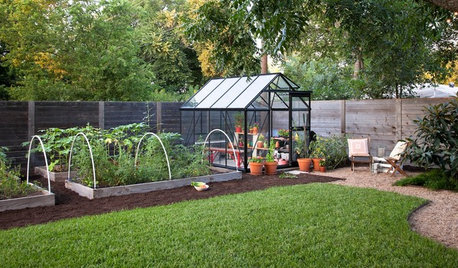
EDIBLE GARDENSA Formerly Weedy Lot Now Brims With Edibles and Honeybees
Photographers transform their barren backyard into an oasis filled with fruit, vegetables, honey, eggs and more
Full Story
GARDENING GUIDESNew Ways to Think About All That Mulch in the Garden
Before you go making a mountain out of a mulch hill, learn the facts about what your plants and soil really want
Full Story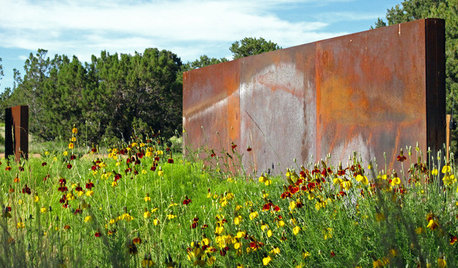
GARDENING GUIDESGreat Design Plant: Ratibida Columnifera
A shortgrass prairie native wildflower fit for pollinators and dry trouble spots offers benefits all year long
Full Story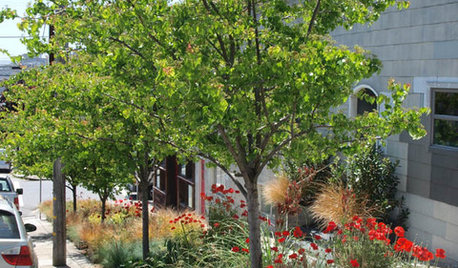
CURB APPEALTake Your Hell Strip to Heavenly Heights: 8 Design Ideas
Trade weedy dirt and trash for a parking strip filled with wispy grasses, low-growing flowers and textural trees
Full Story
GARDENING GUIDESTackle Weeds the Natural Way
Instead of dousing your yard with chemicals to wipe out weeds, let time and nature work their magic via smothering and solarization
Full Story
GROUND COVERSNative Alternatives to English Ivy, Japanese Pachysandra and Periwinkle
These shade-loving ground covers are good for the environment and say something about where you are
Full Story
GARDENING GUIDESHow to Fix Bare and Yellow Lawn Spots
Restore your turf’s good looks by reseeding unsightly patches
Full Story
GARDENING GUIDESLush, Foodie Abundance in a Small Urban Garden
This modest backyard garden provides its owner with fruit and vegetables all year round, thanks to an innovative low-maintenance approach
Full Story
GARDENING AND LANDSCAPINGShow Us Your Garden Retreat
Where do you go to get away from it all and unwind in your yard?
Full Story
GARDENING GUIDESDo You Have This Invasive Plant in Your Yard?
Garlic mustard is spreading across the U.S. Here’s how to spot it and what to do
Full Story





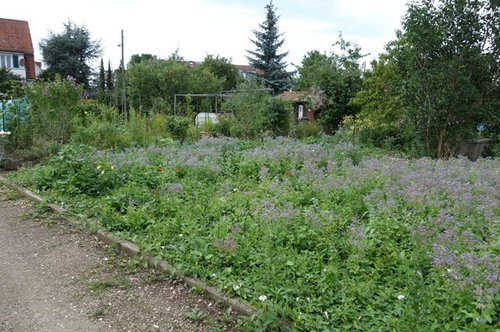
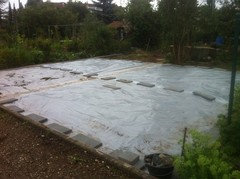
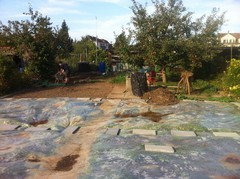
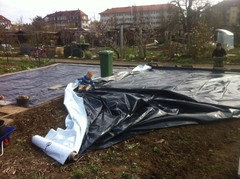
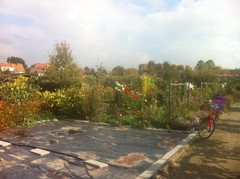

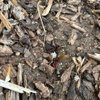
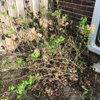
linaria_gwOriginal Author